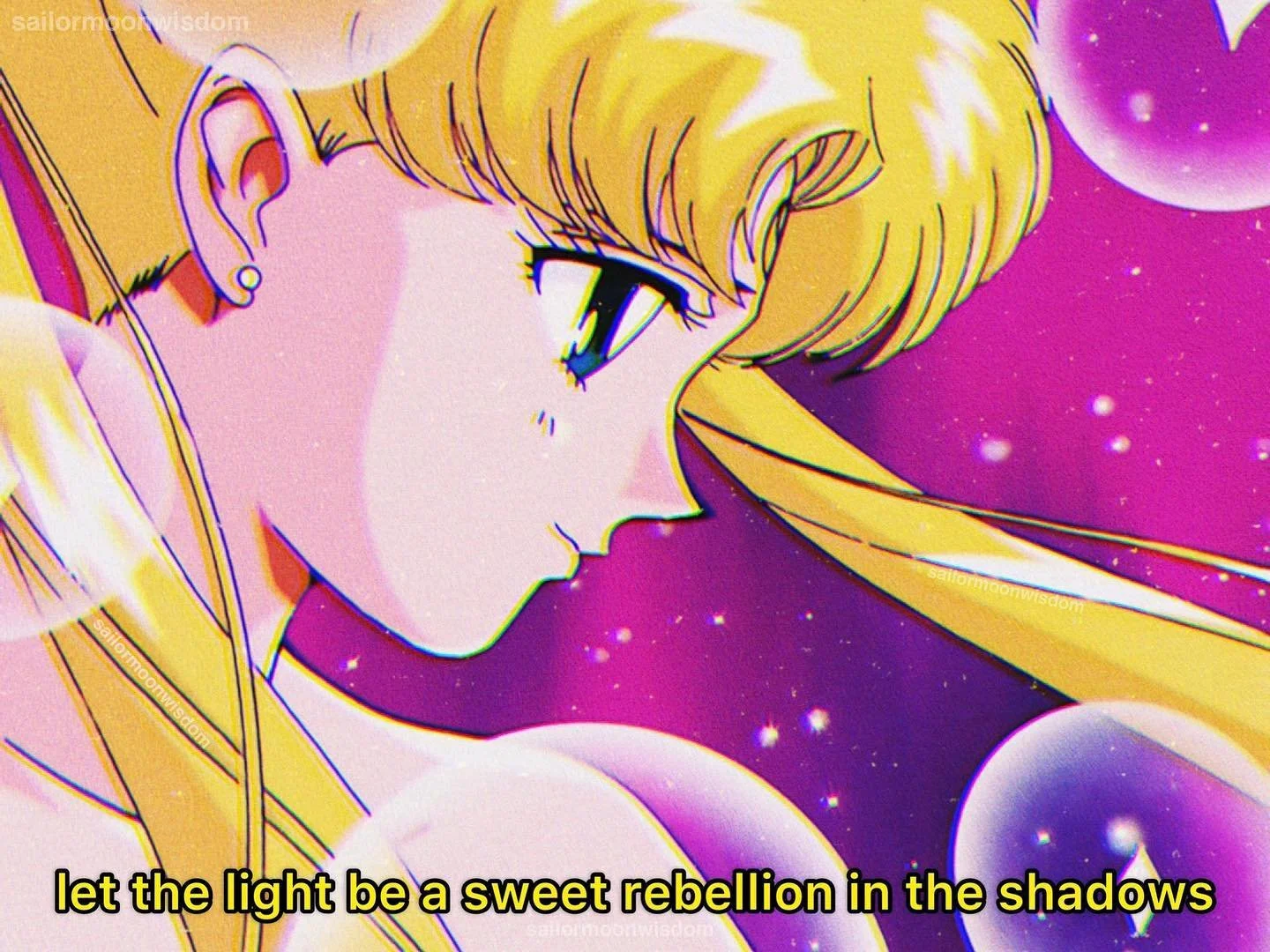Writings on Painting:
Slow Painting As Resistance
A conversation with
Chloë Lalonde & Louise Campion
[The manner of time, Louise Campion]
In a world that tells me to go faster, I crumble under the weight of the manner of time.
Capitalism has turned minutes into a resource that can be counted in dollars, each hour of life holds an assigned price. An investment then, an important one when navigating pay-check to pay-check. “This sandwich only costs me one hour of work, that’s not so bad?” - I find myself asking often. “This tube of paint, two hours of work.”
Productivity is measured in terms of the rate of output per unit of input. When minutes are the unit of input, and minutes are also counted in dollars, and dollars are needed to eat and sleep under a roof, productivity is of the essence. When needs are filled, but productivity is still of the essence, I call it ambition. When this ambition comes through oppression, I call it greed.
Slowness, in a world that tells me to go faster, is a form of resistance.
Traditional painting is an old medium. It has allegedly died more than once, yet risen repeatedly for its consistent quality: no matter the change of pace of the world, the medium’s need for time won’t evolve, only the concepts we bring upon it will. I see this consistency, in an overwhelmingly moving context, as a very loud statement. Painting says: I will not crumble under the weight of the manner of time.
Indeed, oil demands drying time. Pigments demand preparations. Material quality requires a thorough process. And despite new theories, techniques and technologies allowing for certain steps to be skipped on the journey to certain specific goals (whether it involves digital media, different conceptual values, modern materials such as pre-mixed gesso or acrylic paint, the commercialization of painting as a hobby with cheap canvases, and so on), some of us are painters before they are artists: and painting is our goal. Thus, for us to disrespect the slowness of the process is counter-productive. Making the medium itself, the source of resistance.
In the quest for a global, intersectional social and climate justice, how do I become resister to a systemic greed that I am too small, or weak, to influence alone? If the medium itself is the resister, then by respecting the medium I become, more than means of production, the means of resistance.
Painting makes me the resister.
[Chloë Lalonde]
Away from the gaze of establishments, painting is a lived practice. I see the history of painting evolving slowly around me. I also see paintings rotting, outliving us.
The history of painting begins with a means to an end. Centuries ago, people used painting as a means to capture images, in lieu of photography, or illustrate the divine cosmos, all that is beyond sight. But once the photograph was developed the purpose of painting changed into a more expressive place. For centuries people experimented with different ways to paint, different ways to see the world through painting. What I have seen now, as a teacher, are the many ways my students interact with paint, which has become widely accessible at Dollar Stores and quite affordable at retailers like Deserres and Michael’s in Canada, and the waste left behind.
Witnessing this changed my relationship to the medium.
In a refusal to use plastic paint and non-biodegradable materials, and stemming from a research paper I wrote on the material culture of paint, I have been making my own pigments and watercolours, out of my own food waste and local plants, and weaving my own canvases using natural threads. I want to know the medium for myself, entirely, through my own body. My slow practice moves beyond store bought materials whenever alternatives are
possible, however laborious, however impractical, and however imperfect. Along the way I often get lost in the materiality of this practice’s different elements; weaving plain stitch, paper making, paint making. This is slow because I let myself get lost; the result of my work is hardly ever a painting. To paint requires time and materials. Both are a luxury I have little of. And while I am a painter, I am not an image-maker.
Louise and I met in a sustainability centre in university–we did not meet as painters, but as art students concerned about the colossal amount of waste produced by the art world. Louise, a student of painting and drawing–and myself, a student of art education. Louise was taught painting in France and attended preparatory schools. I admired my grandparent’s paintings that lined my family’s hallways. What Louise and I share is a genuine and pure love for painting, a profound concern for the world, and a riveting solastalgia.
If resistance is inherent to our practices, where then does slow painting lie? Somewhere between materiality and technique, home, studio and garden.
[Louise]
On that note I should add, if slow painting lies somewhere between materiality and technique, home, studio and garden, the essence of its purpose lies within something greater.
For Resistance has always been first and foremost about the people, you will find that its various roads always converge: where community is.


